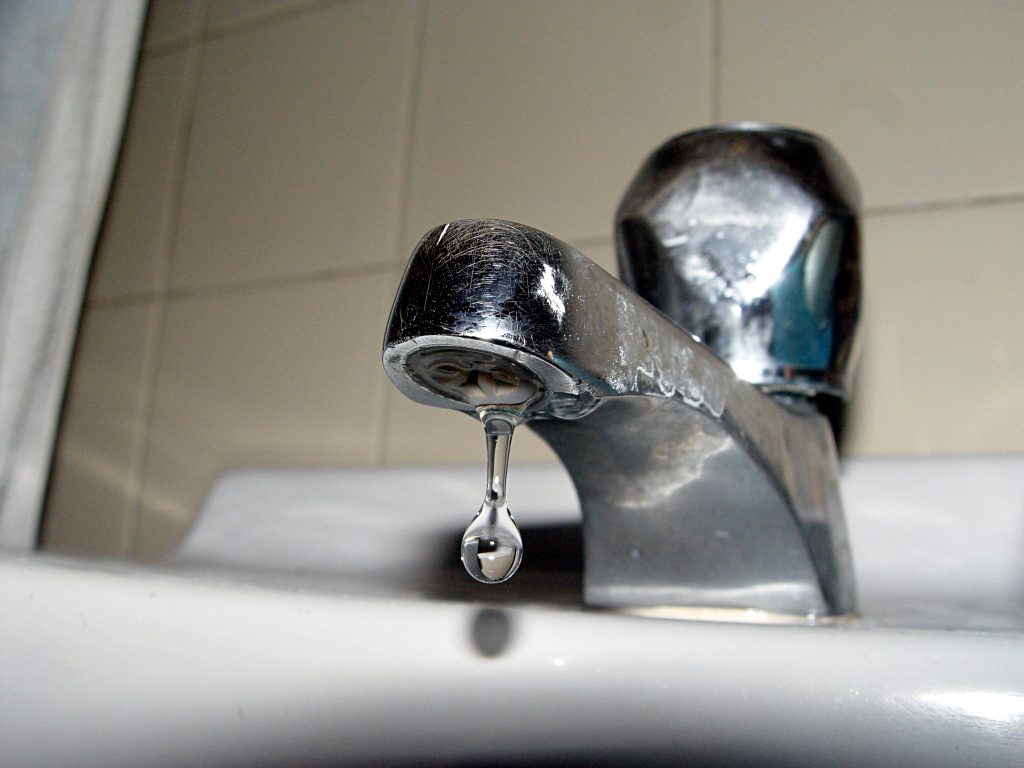
Providence locals often enjoy sharing that their city tap water is among the best in the country.
U.S. News and World Report, however, has other ideas: Rhode Island sits at a middling #21 for drinking water quality in U.S. News national rankings.
The best I could do to corroborate this proud anecdotal claim is a 2010 press release declaring that Providence Water was rated second-best in the nation for water quality among large water systems by Environmental Working Group, known as EWG. EWG now reports that there are 12 total contaminants in Providence tap water, three of which exceed EWG health guidelines.
Public water utilities have come under greater scrutiny, especially after disasters like those in Flint, MI occur across the US. It’s important that consumers are informed about what they can do to protect both their and their families’ health.
Providence Water doesn’t have the worst water quality in the world, but it definitely isn’t the best, either. Here are a few things you ought to know about the city’s eponymous utility.
A BRIEF HISTORY OF PROVIDENCE WATER
Between 1915 and 1929, as the city population was ballooning with immigrants eager to find work in its many factories, Providence spent almost $21 million creating a modern water supply, or over $500 million in today’s dollars. While a separate conversation from water quality, it’s an often overlooked history: in order to create the Scituate Reservoir from which Providence Water draws its resources, the state condemned 18,000 acres of land, including towns and villages whose residents were forced from their homes. Learn more about this historic injustice by watching Blood and Watershed, a documentary produced by Johnson & Wales professor Evan Villari.
LEAD LEVELS IN PROVIDENCE WATER
According to Providence Water, the majority of the approximately 23,000 private side lead service lines within its service area (parts of Providence, Cranston, Johnston, and North Providence) are concentrated in Providence’s Southside and West End neighborhoods.
Having lead pipes in itself is not cause for alarm – the EPA estimates that there are between six and 10 million lead service lines in the country. The challenge is when pipes are disturbed by road construction or system maintenance which sends the metal into the water supply.
Lead can cause serious health problems, including brain and kidney damage, and can interfere with your body’s ability to produce red blood cells, limiting your body’s ability to transfer oxygen. Those at greatest risk from lead exposure are infants, young children, and pregnant women.
Fortunately, Providence Water makes it easy to learn if your home or apartment has lead service lines. Consumers can enter their address into the system’s Lead Service Location Map to check the utility database.
To access the Lead Service Location Map, go to engineering.provwater.com/gis/servicelinesearch.
WHAT DO I DO IF I HAVE LEAD PIPES?
Providence Water offers free lead testing kits to ratepayers to test how much lead is in their water. Customers can call the Water Quality Hotline at (401) 521-6303 to request a free lead test by mail. Once it arrives, the test has clear instructions on how to collect a water sample to send to a regional water testing lab. While there is no safe amount of lead to consume, the level will correspond with the intensity of potential health effects.
Some Providence Water customers in low-income neighborhoods are eligible for free lead pipe replacement, while others are offered a zero-interest 10-year loan for the work (which generally comes out to about $40 per month). Call (401)521-6303 to see if your property is eligible.
WHAT IS RI DOING ABOUT LEAD IN ITS WATER?
On June 26 2023, Gov. Dan McKee signed the Lead Poisoning Prevention Act into law. The legislation creates a lead water supply replacement program for both public and private service lines. It requires all lead lines to be replaced within ten years, and offers full financial aid to homeowners for the replacements through the Rhode Island Infrastructure Bank. It also requires a lead risk assessment be conducted for any home built prior to 2011 as part of any transaction involving the property. •
More Posts by The Author:
ecoRI News Roundup
Finally!: Mayor Smiley fixes PILOT agreements
Another drop in the bucket: RI’s treatment of Providence Water disenfranchises one of its poorest communities
ecoRI News Roundup: New RIPTA director, no offshore wind, safe fishing?
Will The Real PVD Please Stand Up?: PVDFest changes prompt conversations about city identity

